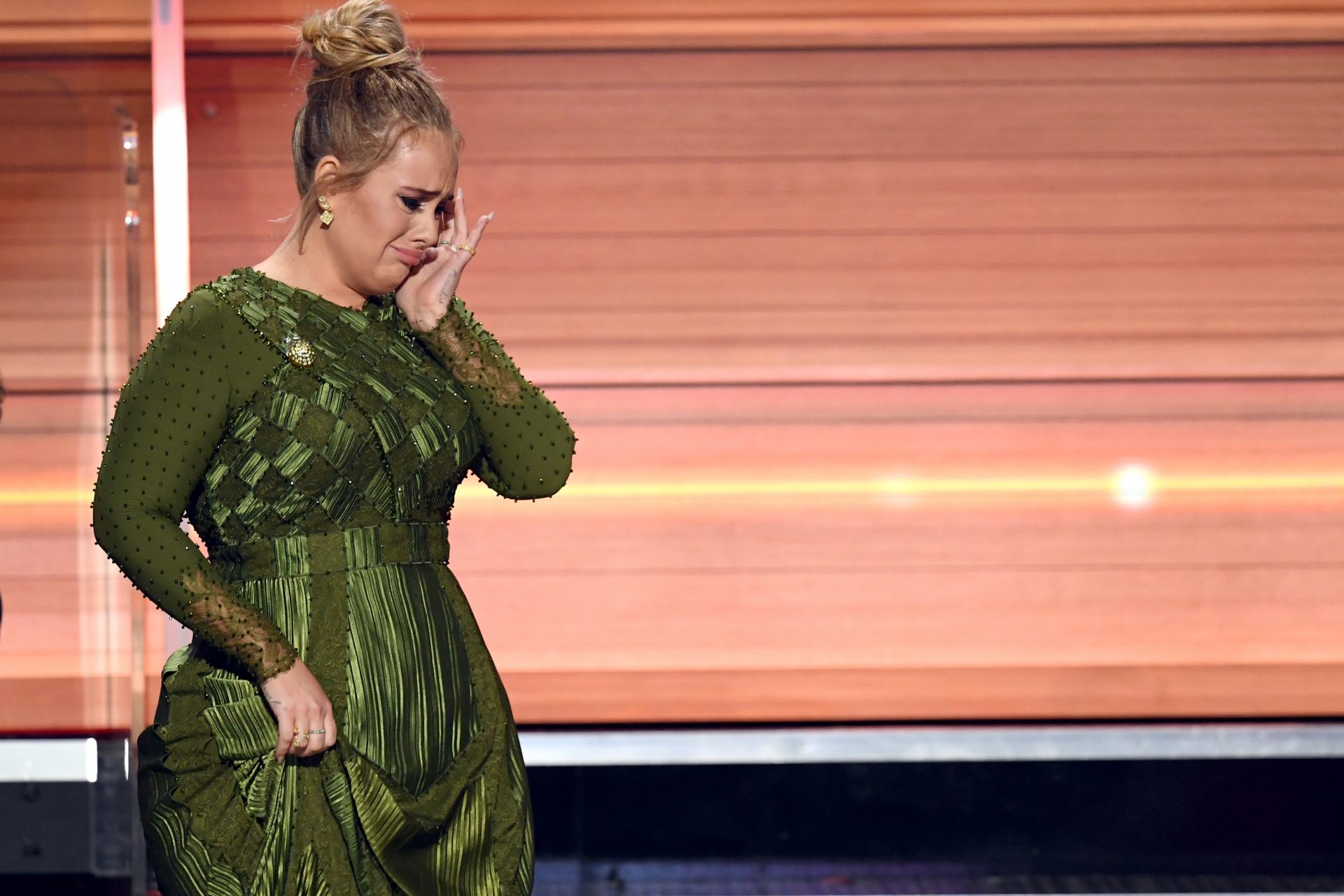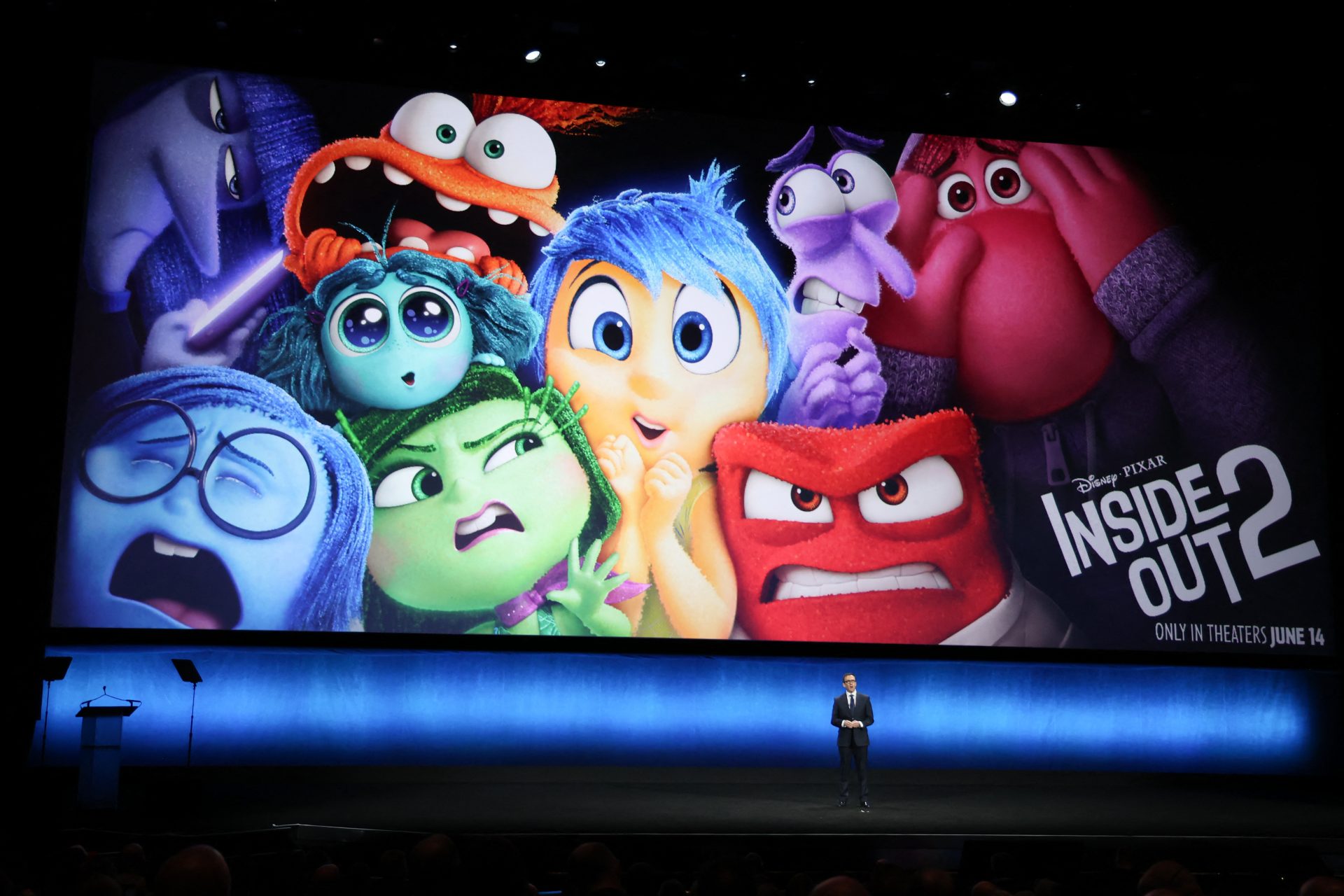Spielberg's West Side Story snubbed for Best Film and director at BAFTA
The BAFTA nominations have been revealed and Spielberg didn't quite make the cut to be included in the coveted category for Director. He had won the award once before in 1994 with his direction of the great classic, 'Schindler's List'.
It wasn't just the 'director' category this wonderful remake missed out on. The film failed to impress voters and was unsuccessful in achieving a nomination for the Best Film award.
With blockbusters and 'feel-good' films being the pick of this year's awards, 'West Side Story' hasn't gone completely without. It has received five nominations including Best Production Design, Best Sound, Best Casting and both Best Supporting Actress and Actor for Ariana DeBose (Anita) and Mike Faist (Riff), respectively.
Critics have praised Spielberg's retelling of the classic musical, 'West Side Story'. But the initial release of the film wasn't successful. According to Quartz, an opening weekend with $31 million was estimated, but instead it only brought in $10.5 million.
Perhaps the pandemic or the delay in its release (from Dec 2020 to Dec 2021) caused the epic movie to perform so badly, but it's not the quality of the film, experts say. They argue that Spielberg's version surpasses the original 'West Side Story' by far.
What are the differences between the two productions?
The Romeo and Juliet story that took the musical theatre world by storm, pushing boundaries and discovering the musical collaboration genius that was Bernstein and Sondheim. From the Broadway show to the original film in 1961 and now Spielberg’s new critically acclaimed version, this story has never failed to shock, bring tears to the eyes and have audiences completely engrossed in a story that has transcended time.
The Broadway show opened in 1957 and produced a magical collaboration between Laurents (book), Bernstein (music), Sondheim (lyrics) and the one and only Jerome Robbins (choreography). Between them, these greats took the story of Romeo and Juliet, took it to the streets and created the all-round success that is West Side Story.
In fact, this show was penned a long time before the collaborators got together. Initially, Robbins had an idea about twisting the Romeo and Juliet story, making Juliet a young Jewish girl, and Romeo an Italian Catholic. It was going to be set on the Lower East Side of Manhattan, meaning the show could have indeed been called East Side Story. The project was abandoned.
That is, until Robbins met up with Bernstein in Hollywood many years later and revisited the idea. At the time, there was a lot of press surrounding the riots by Chicano Americans in Los Angeles and the new West Side Story idea was born and the Sharks and the Jets were coming to life.
“This show [West Side Story] is my baby... If it goes as well in New York as it has on the road we will have proved something very big indeed and maybe changed the face of American Musical Theater.” — Leonard Bernstein wrote in a letter to David Diamond in 1957. It ran for 732 performances over nearly two years on Broadway.
Of course, the biggest name to come out of the Broadway show was that of the ‘unknown’ lyricist Stephen Sondheim. He is renowned as one of the most significant composer-lyricists of the last century. He went on to produce shows with a more operatic style than that of the more visual and choreographed musical style of Bernstein.
Sadly, Sondheim passed away in late 2021, but West Side Story is one of the shows he will be most remembered for. Although, the lyricist and composer wasn’t ever ‘proud’ of the lyrics he produced for this show. In fact, he said he finds his work on the production ‘embarrassing’.
He said to abc news in 2010, "It embarrasses me, it's very hard for me to listen to some of those songs." He continued, "I'm fond of quoting 'I Feel Pretty’. The street girl is singing, 'It's alarming how charming I feel.' ... I just put my head under my wing and pretend I'm not there." Well, it obviously worked for the public.
And then, many of Stephen Sondheim’s lyrics for the stage show had to be changed for the film to satisfy censors. But the film was even more of a hit than the original Broadway production.
The film was nominated for 11 Academy Awards and won 10, including Best Picture. There was also a special award for Robbins thrown in to the mix, making West Side Story the record holder for the most wins for a musical.
Saying that, it is very interesting to note that not one of the Oscars won by West Side Story included the composer, who was deemed "ineligible" since his music was not written for the film.
Thanks to its message of love prevailing despite a lack of hope and prominence of racism and impossible social divides, the film has been deemed "culturally significant" by the United States Library of Congress and was selected for the National Film Registry in 1997.
Everything - from the colourful musical numbers to the theatrical production of the film - had audiences hooked. Not to mention, Robbins’ choreography. He pushed his dancers to extremes, burning through their knee pads and using over 200 pairs of shoes in the making or the production.
Aside from its huge obvious success, there were some things that weren’t ‘quite right’ with the original 1961 film, and many have said Spielberg’s new 2021 recounting of the story fixes those issues and creates a West Side Story that is positively spellbinding.
One of those issues was the fact that, in the original film, the only truly Puerto Rican performer was Rita Moreno, who played Anita. Moreno won an Academy Award for her role, but she was still forced to wear darker makeup in order to make the light-skinned actress look more Puerto Rican.
In the 2021 Spielberg film, however, the director insisted that he cast actors from the Latin community. "We just wanted for this movie to get it right in the way that we wanted every single person who plays a Puerto Rican to be from the Latin community, and that was that was a mandate from the get-go," Spielberg explained, in an interview with Talking Movies' Tom Brook, on BBC Radio 4's Today programme.
It was Natalie Wood in the original film production who played the lead character, Maria. It was tough for many to see a Caucasian woman playing a Puerto Rican- not to mention confusing. That casting sent the wrong message to many young Hispanic children, who were given a white actress to idolise, instead of a Latino.
He didn’t stop there, Spielberg made sure the world knew America was a bilingual country. He included scenes - full scenes - in the Spanish language, without subtitles. During the film's virtual press conference, Spielberg said the lack of subtitles was "out of respect" to all the people who do speak Spanish in the United States, as reported by Insider.
Spielberg is challenging his audience to "speak Spanish," and no longer be ignorant of a culture that represents 19% of the United States' population (62.1 million) as of 2020.
It wasn’t just the Spanish speaking side that has been given an improvement on the original. Many have often commented on the disappointing portrayal of the other lead character, Tony, in the original version. In fact, the actor, Richard Beymer, was so dissatisfied with his own portrayal of the character he walked out of the premier.
The actor later confessed in an interview that he wanted to play Tony as rougher and tougher. He seems to the actor to be more like an actual street kid who has got caught up with a gang. But, according to Beymer, Robert Wise made him play Tony as the ‘nicest guy around’, which didn’t really work in the context.
Spielberg, on the other hand, found a darker and more intense side to the story in general, bringing out the brutality of the West Side street life. According to New York theatre critic Michael Riedel in an interview with the BBC, he said ”There is no fantasy here… I mean, the fights. I was wincing, absolutely wincing when they go at each other.”
The critic continued, "There's bloodshed, there's brutality, and yet, it manages to do a very tricky thing, which is there are these incredibly realistic and powerful scenes and then it becomes operatic it becomes musical theatre."
Somehow the director maintains the colours and vibrancy of the original film but brings in the shadow and deep emotion of an almost battle-like American street party. This shot is, undeniably, one of the greatest movie stills we have all ever seen.
Even the costumes have taken on a more significant role in this new film, reflecting underlying wars and hardships within each community. And what about this incredible shot from the gym extravaganza where the Sharks and Jets wear vibrant juxtaposing warm and cool shades? The tension is emphasised at every turn.
The final notable difference between the two film versions is the live singing. The original 1961 film is all playback, but the Spielberg version offers some ‘live on set’ singing. In both, ‘One Hand, One Heart’ and ‘A Boy Like That/I Have A Love’, the actors sang live.
The actor who plays Tony, Ansel Elgort, even requested that one of the most famous solo male songs of musical theatre history, “Maria”, be filmed and recorded live on set. Portions of the song without the playback did indeed make the final cut, giving a raw take on the ‘perfected’ sound people expect from a musical.
Critics have completely jumped for joy at Spielberg’s new musical film. Although many initially imagined another director better suited to take on the task, there is no doubt Spielberg was the right choice. TIME magazine said, “No one should be asking why Spielberg wanted to make a musical. The question is, why did he wait so long?”
West Side Story for many is more than just a film; it is more than just a musical theatre production. It is a depiction of culture, real life and love in its purest form. Of course, Christmas is the perfect time of year to release a musical and this is no different, hitting cinema screens on 22nd December.
As TIME magazine sums it up perfectly, “This is movie as mirage. You won’t believe it until you see it, and maybe not even then.”














































